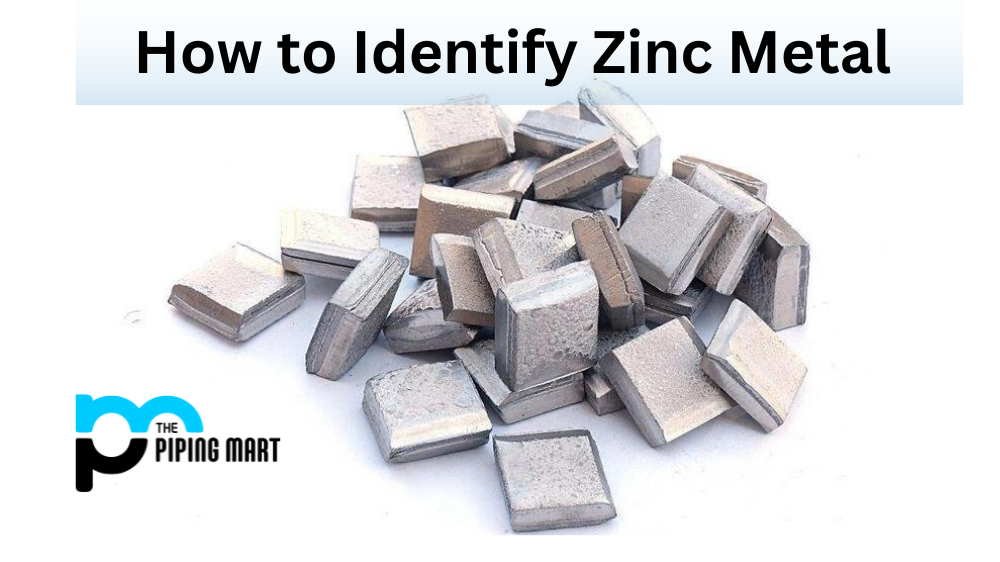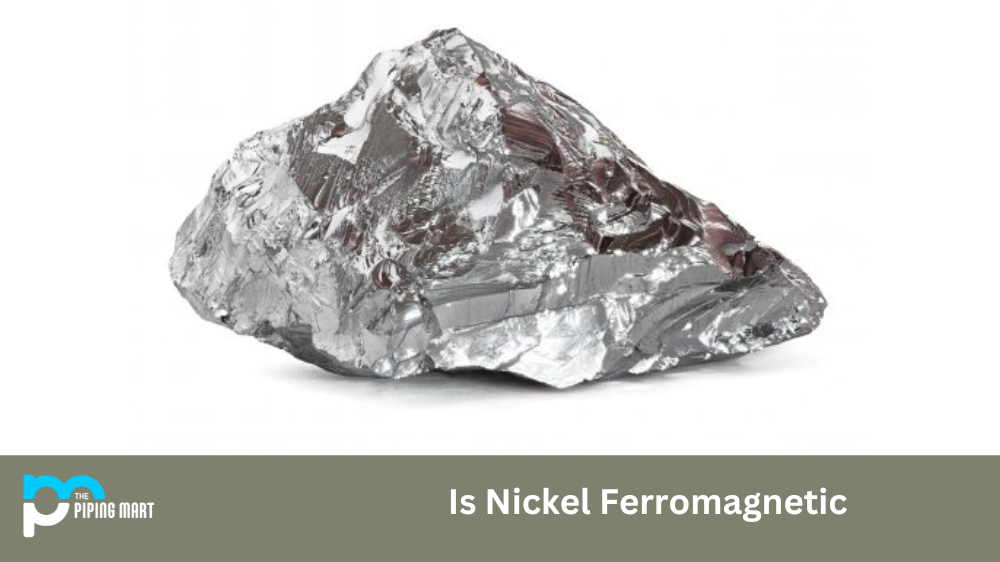When it comes to joining metal pieces together, there are a variety of methods available. Two popular options are brazing and silver soldering. Although they may seem similar at first glance, there are some key differences that make each method unique. As an expert in metalworking, I am going to break down the differences for you.
What is Brazing?
Brazing is a process by which two metals are joined together using a filler material that melts at a higher temperature than the base metals. This filler typically has a melting point between 800°C and 900°C (1472°F – 1652°F). To accomplish this process, the joint must first be carefully cleaned of all contaminants like grease or oil. Once clean, the parts can be fitted together, and flux applied to help protect against oxidation during the heating process. After heating with an oxy-acetylene torch or electric furnace, the filler metal is added to complete the joint.
What is Silver Soldering?
Silver soldering is similar to brazing but involves using a low-temperature solder (the melting point between 440°C – 480°C or 824°F – 896°F) instead of a higher-temperature filler material as with brazing. As with brazing, it requires clean surfaces for optimal results. It should also be fluxed before heating with an oxy-acetylene torch or electric furnace to prevent oxidation during the joining process. Unlike brazing, silver soldered joints require post-weld heat treatment for improved strength and durability. Silver soldering is similar to brazing, but the filler metal used has a higher melting point. This allows the joint to be stronger and more resistant to heat.
Difference Between Brazing and Silver Soldering
Temperature
The primary difference between brazing and silver soldering is the temperature at which they are performed. Brazing is done at temperatures of around 1,000°C (1,832°F), while silver soldering is done at temperatures of around 800°C (1,472°F). This means that brazing can be used to join materials that require a higher temperature than silver soldering.
Materials
Brazing and silver soldering can both be used to join a variety of metals, including steel, brass, copper, and aluminium. However, brazing can also join other materials, such as ceramics and glass. Silver soldering cannot be used to join these materials as it requires a much lower temperature than what is needed to melt them.
Strength
Brazing generally produces stronger joints than silver soldering due to the higher temperature used in the process. The higher temperature allows for more complete melting of the filler metal, which creates a stronger bond between the two pieces being joined together. Silver soldered joints are usually less strong than those created by brazing but are still suitable for many applications.
Processes
The brazing and silver soldering processes are similar but have some key differences. For both processes, flux must be applied to the joint before heating to remove any oxides from the metal’s surface and improve the filler metal’s wetting. However, with brazing, an additional flux may need to be added during heating to prevent oxidation of the filler metal during the heating or cooling stages.
Conclusion:
In summary, brazing and silver soldering may seem similar but have noticeable differences in terms of temperature, filler material, appearance, types of metal, and applications. As you consider which method to use, think about the specific needs of your project and what qualities you need from the finished product. With this knowledge, you can make the best choice that will ensure a strong, long-lasting joint.
Meet Heer, a dynamic and driven writer learning tricks of her trade in the metal industry. With a background in Digital Marketing, Heer brings a unique perspective to her writing, sharing valuable insights. Apart from blogging she like reading and hiking.




